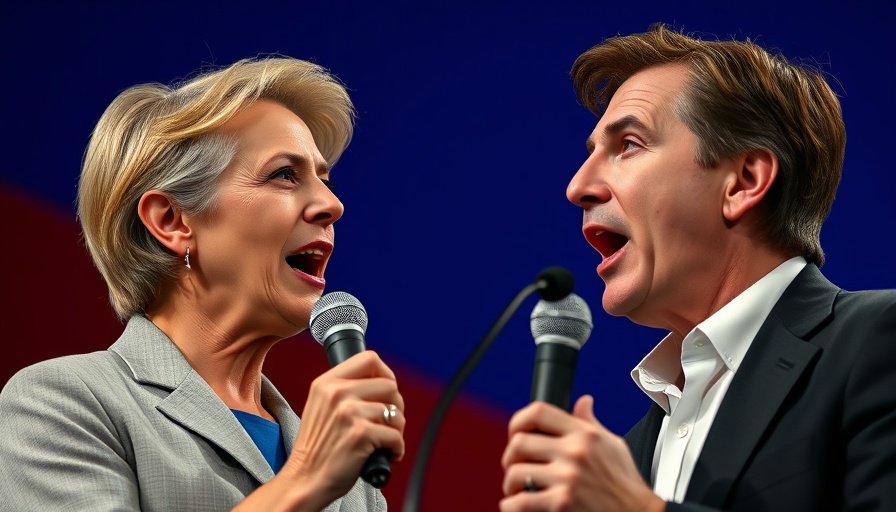
The Impact of the Israel-Hamas Conflict: One Year On
As the world approaches the one-year mark of the Hamas attack on Israel, this week's episode of "Face the Nation" provides a poignant view into the ongoing humanitarian crisis in Gaza, particularly its devastating impact on children. Host Margaret Brennan engages UNICEF Executive Director Catherine Russell, who dismantles the grim realities faced by children, highlighting alarming statistics that underscore just how catastrophic this war has been.
Shedding Light on Children’s Plight
The brutal statistics shared by Russell are harrowing: over 5,300 children reportedly killed in just months of conflict, underscoring the profound toll this conflict has taken on the most innocent victims. This crisis has become an affront to our humanity, a calling for urgent intervention. In light of these stark realities, the UNICEF chief emphasizes that every child lost represents an irreplaceable life, deserving of our compassion and action.
UNICEF’s Call for Action and Ceasefire
Russell’s insights on the need for transparency in military operations illuminate a crucial aspect of the ongoing conflict. The principles of international humanitarian law highlight the importance of protecting civilians, particularly children, amidst military actions. “Denying humanitarian assistance,” she asserts, “is unequivocally prohibited.” This urgent need is echoed by her call for a ceasefire, which could pave the way for humanitarian aid that is desperately needed in Gaza right now.
The Emotional and Psychological Toll on Children
The emotional burden on children affected by this conflict can’t be overstated. The trauma of living through such violence not only shocks their innocence but also threatens their mental health in the long term. As Russell puts it, “It is so traumatizing… we have the immediate impact on children, but the long-term impact, the stress... [is] something we should all be very worried about.” The psychological scars might linger for generations, further complicating the already dire conditions in the region.
A Broader Context: Global Implications
This crisis in Gaza is emblematic of larger issues surrounding conflicts globally. With the humanitarian cost so high, the international community is faced with difficult questions: how can we intervene effectively? What can be done to ensure that humanitarian aid reaches those in need without hindrance? Furthermore, how can we support the children who are most affected by these escalating conflicts? These questions haunt not only policymakers but also average citizens who are connecting globally through news outlets.
Political Landscape and Future Predictions
As we analyze the impacts and seek solutions, the political landscape surrounding this conflict remains charged. With leaders like Israeli Prime Minister Benjamin Netanyahu vowing to eliminate Hamas, the potential for further escalation looms large. However, as Russell poignantly reminds us, every side has its story and arguments, but ultimately, the focus should be on protecting the innocents ensnared in these conflicts.
Making Sense of the Human Cost
The statistics in this ongoing conflict reveal a growing trend of child casualties, pushing experts to label Gaza as a “graveyard for children.” As these conversations unfold on platforms like “Face the Nation,” they compel viewers to recognize their shared humanity. As consumers of news, how do we respond? What actions can we take to elevate awareness and demand change amidst this tragedy?
In anticipation of hardships that are yet to unfold and in remembering those that have already occurred, it’s up to each of us to stay informed and engaged. As this conflict continues to evolve, our collective responsibility towards spreading awareness grows more urgent.
The stories of resilience and survival deserve to be told, reminding us that amidst despair, there still exists the potential for healing and progress.
 Add Element
Add Element  Add Row
Add Row 



Write A Comment